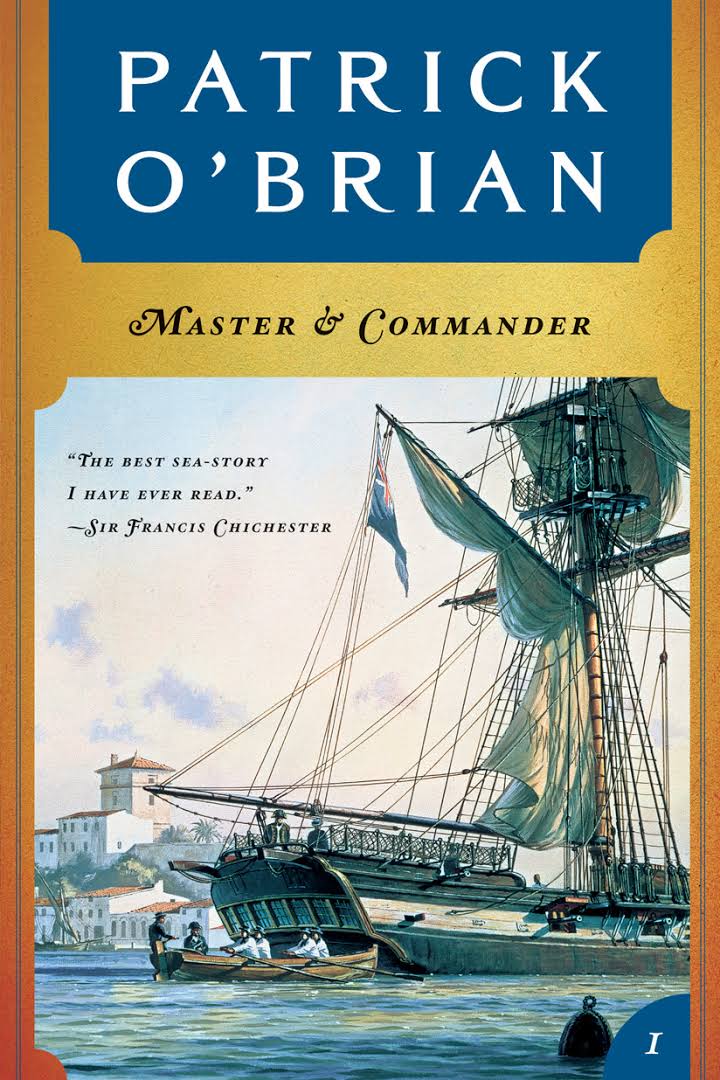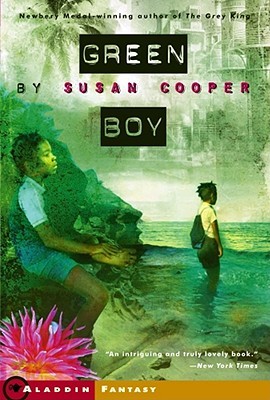[button color=”black” size=”big” link=”http://affiliates.abebooks.com/c/99844/77798/2029?u=http%3A%2F%2Fwww.abebooks.com%2Fservlet%2FSearchResults%3Fisbn%3D9780393307054″ target=”blank” ]Purchase here[/button]
You may have seen the very excellent film Master and Commander: The Far Side of the World, a curiously titled film, so named because it is loosely based on two different books by the same author. Patrick OBrians long series of naval novels about a British captain in the Napoleonic Wars begins with this book; the one called The Far Side of the World was the tenth of twenty books, all of them centering on the exploits of Captain Jack Aubrey and his friend, surgeon, and conscience, Dr. Stephen Maturin. And if they arent the greatest series of historical novels about 19th-century naval warfare, they run a close second to C.S. Foresters Hornblower series.
I can tell this already after only reading the first book. I can also tell that this series is going to cost me a fortune, even in paperback, because I will buy them and line them up on my shelf next to my prized Hornblowers. And not for showing off, either; I mean to read them to pieces.
Newcomers to sailing stories will be somewhat aided by a diagram of a ship and its sails on the frontispiece, though it is not the kind of ship Captain Aubrey commands in this book, nor are all the sails represented. Even more helpful is the way the book shows you the sailing life from Dr. Maturins point of viewa landsman who, before this story, had no knowledge of the workings of the ship. As he learns the parts of a ship, and the customs of its crew, so do you. I suppose this book would make an excellent laymens introduction to the subject of 19th century naval warfare, almost textbook material. But it is more; oh, so much more.
The first thing that grabs you about the book is the very un-sanitized, un-prettied-up, human portrait of the heroes of the British navy who stood between Napoleon and world domination in the early 1800s. You dont just learn the difference between topmasts and topgallants; you also discover that the navy had all kinds of personalities in it, made up of all different good and bad parts, and plagued with every problem from greed, guilt, despair, and jealousy, all the way to substance abuse, vermin, weight problems, and debt. They conversed with women of ill-repute, ate with unwashed knives after using them in an autopsy, and occasionally had themselves let blood.
But zounds, how they fought! Most people living today would consider it an act of heroism just to live with seventy to ninety men together on a 14-gun sloop-of-war like Aubreys first command, the Sophie. The crowded conditions, the poor food and water (constantly running low), the danger from the elements, the swaying heights of the rigging, the short hours of sleep (watch and watch, four hours on deck and four hours below), the heavy work and severe discipline; and then, for an amusing diversion now and again, tons of burning metal being hurled at you from the deck of an enemy ship.
In this story, set around 1800, Aubrey and Maturin, together with other enjoyable characters, sail out of Minorca to harrass the trade along the Spanish coast. They take some lucrative prizes, win some spectacular battles, and also experience a good deal of loss. They are joined by a tortured but unforgettable Lieutenant named Dillon, a quiet masters mate named Pullings, a hilariously boastful captains clerk named Richards, a merry captains coxswain named Bonden, a master rumored to be a pederast (alas, another tortured soul), a loblolly boy shunned by the superstitious sailors because of his on-land career as a sin-eater, and a similarly varied assortment of midshipmen, standing officers, and seamen. They use clever disguises, marvelous feats of navigation, maneuvers so daring you will hold your breath, and a lot of well-practiced gunnery to triumph over xebecs, snows, galleons, and sloops.
Even during the introspective lulls between engagements, you will be fascinated by the questions that whirl within and between the characters. Will Dillon and Aubrey ever become the friends they should be? Will Aubreys famous luck at sea uphold him on land? Or will he torpedo himself (to borrow a phrase from a different era) personally, politically, or in worse ways? Observe with pleasure how, in a short time, he comes on board a ship whose crew is set in its ways, and whips them into shapemakes them a fighting crew, and earns their respect and devotion. And feel your flesh crawl with the tension, not only between the characters but also between ships and nations, as Dr. Maturin looks on with his cool, philosophical, scientific eye.
OK, here it is in a nutshell. If you saw the movie, you saw almost everything that happens in this bookexcept the part where the Doctor operates on himself; that isnt in the book. And the setting is the Mediterranean instead of the coast of South America. But other than that, if you saw the movie, you will find a lot of the events in this book very familiar. Nevertheless, the book does much that no movie could ever do. It is so convincing that you can all but feal the deck heaving under your feet as you read it, and become enveloped in the historical setting and the naval jargon until you find it running out of your own mouth. And instead of only seeing whats happening on the surface, you come to understand whats behind it allwhich is what really makes this a great story.


